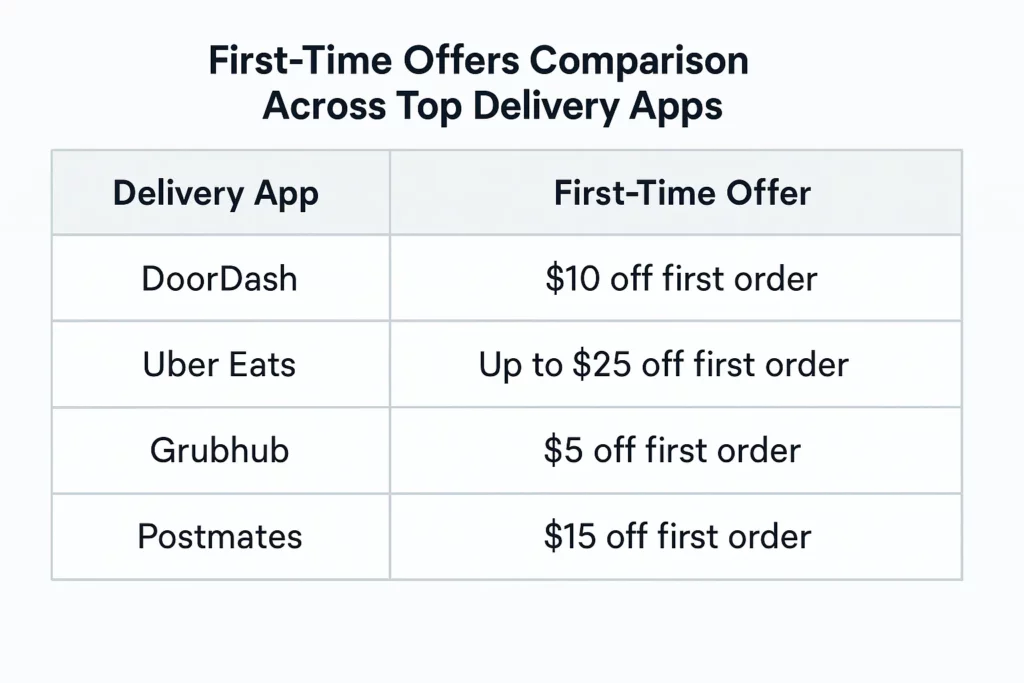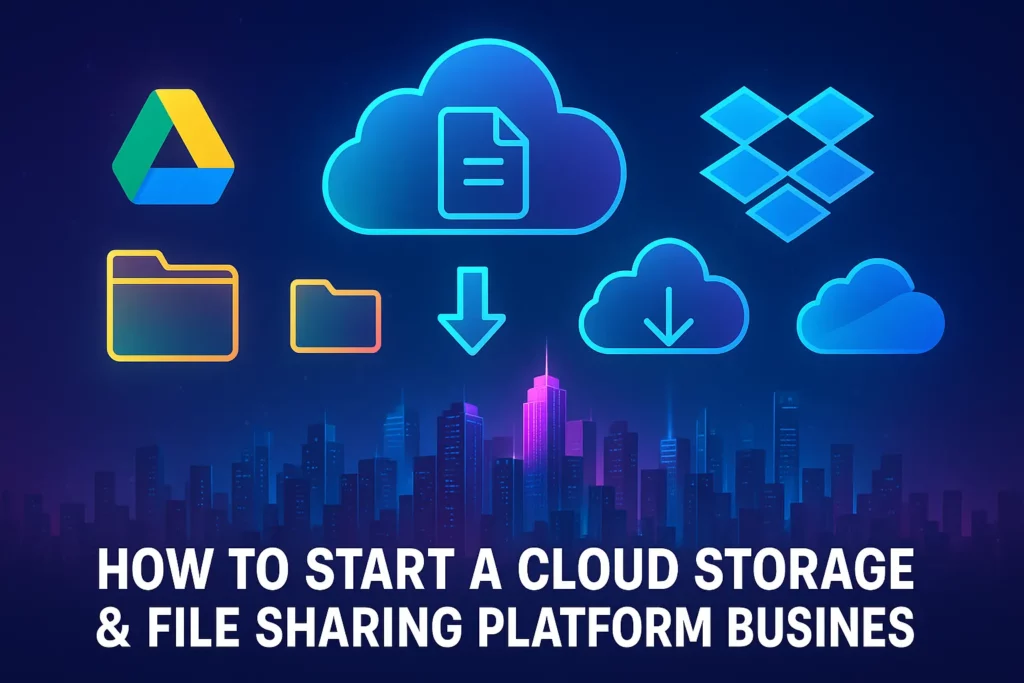Launching a hyperlocal delivery app is like opening a lemonade stand in the middle of a bustling street—sure, you’ve got the goods, but does anyone know you’re there? I’ve seen too many promising apps go from “Next Big Thing” to “Hey, remember that app…?” faster than a weekend TikTok trend. The truth? Building your app is just half the story. Getting people to actually use it—that’s the real hustle.
Most creators and startup founders I know pour their hearts into perfecting features—real-time tracking, seamless payments, slick UI—but marketing feels like a “figure it out later” problem. And that’s where the plot twist happens. Because no matter how genius your app is, if nobody knows it exists, you’re invisible in a sea of short-form apps, viral memes, and influencer noise.
This blog isn’t here to lecture. It’s here to equip you with a practical, slightly opinionated, definitely un-boring game plan to actually market your hyperlocal delivery app. From hyper-personalized campaigns to the art of local partnerships, we’ll unpack it all. And if you’re looking to build an app clone that’s not just a clone, but the next big thing? Miracuves has your back.
The Harsh Truth: Great Apps Die Without Great Marketing
Let’s be real—there are over 2.87 million apps on the Google Play Store alone (Statista). If you think you’ll get noticed just by existing, think again. Hyperlocal delivery apps face an even tougher challenge: you’re not just competing with giants like Dunzo or Swiggy; you’re also fighting for attention in a user’s phone cluttered with Instagram reels, WhatsApp chats, and YouTube shorts.
Here’s a stat that might sting: 80% of users churn within 3 days of app install (CB Insights). That’s brutal. And it’s not because your app isn’t good enough. It’s because you didn’t grab their attention before they even opened the app.
So, what’s the secret sauce? It’s a mix of storytelling, timing, and community. Let’s break that down.

1. Start Hyperlocal, Then Go Hyperviral
Focus on the 5-Block Radius
Hyperlocal means local. So don’t go burning your budget on national ads right out of the gate. Start with the folks who live within your delivery zone. They’re your first users, your beta testers, and your word-of-mouth army.
Run location-specific Instagram and Facebook ads. Sponsor community events. Partner with local stores—think the bakery down the street or the florist next door. Remember, people are more likely to try a service that feels for them.

2. Leverage Influencers—But Keep It Real
Not every influencer is created equal. Don’t waste your budget on a national celebrity who’s never set foot in your city. Instead, find local micro-influencers—the ones with 5K to 50K followers who actually engage with their audience.
For example, if you’re launching in Pune, partner with a local food vlogger who reviews neighborhood cafes. Let them show how your app makes getting that late-night biryani or mid-day coffee a breeze.
3. Build a Community, Not Just a User Base
Let’s say it loud for the people in the back: users leave, but communities stay.
Host hyperlocal events: A pop-up farmer’s market, a dog-walk fundraiser, or a rooftop movie night. Make your app the glue that holds local experiences together.
Think about how ShareChat thrived—not by chasing global trends but by serving regional communities with the content they love. Your hyperlocal app can do the same.
Want to build your own hyperlocal app that connects people and places? Build Your Own Hyperlocal Delivery App with Miracuves.
4. Nail Your App Store Optimization (ASO)
Think SEO, but for the app store. Your app name, description, and screenshots should scream relevance. Keywords like “grocery delivery in Mumbai,” “late-night food delivery app,” and “local courier service” should be part of your strategy.
But here’s the kicker—don’t keyword-stuff like a bad SEO blog from 2010. Write for humans. Tell your story in the app description. Use screenshots that show value—like the ease of scheduling deliveries or tracking your order in real-time.
5. Offer Irresistible First-Time User Perks
You know what makes people stop scrolling and download? A good old-fashioned deal. Think free delivery on the first order, cashback offers, or loyalty rewards for the first 100 users.
Look at what apps like Moj or Instagram do—hook users in with the promise of quick dopamine (a like, a follow, a view). Your app should offer immediate value too.

6. Don’t Just Advertise—Educate
Content marketing isn’t just for SaaS products. Your hyperlocal delivery app needs it too.
Write blogs about the best local restaurants. Create Instagram reels showcasing delivery partners’ stories. Share user-generated content about a surprise gift that arrived on time. Build an emotional connection—because at the end of the day, it’s not just about what you deliver, but how you make people feel.
Conclusion:
Building an app is tough. Marketing it? Even tougher. But if you lean into community, keep your campaigns real, and focus on adding genuine value, you’ll not just get users—you’ll create fans. And remember, the marketing game isn’t a one-time sprint; it’s a marathon of stories, moments, and connections.
At Miracuves, we help innovators launch high-performance app clones that are fast, scalable, and monetization-ready. Ready to turn your idea into reality? Let’s build together.
FAQs
Q:1 What exactly is a hyperlocal delivery app?
A hyperlocal delivery app connects local businesses or services to nearby customers—think food, groceries, or packages—all within a specific geographical zone.
Q:2 How much should I spend on marketing after launch?
It depends on your market, but a good rule of thumb is to allocate 30–40% of your budget to marketing in the first 6 months.
Q:3 Do I need an app before I start marketing?
Ideally, yes—but you can start building hype even before your app launches by collecting leads, running contests, and sharing sneak peeks on social media.
Q:4 How do I keep users engaged long-term?
Offer loyalty rewards, exclusive deals, and community-driven campaigns. And always, always listen to user feedback.
Q:5 What if my app isn’t gaining traction?
Analyze your data—where are users dropping off? Double down on what’s working, fix what’s not, and don’t hesitate to pivot your strategy.
Q:6 Can Miracuves help with app development and marketing?
Absolutely! We build app clones tailored to your vision and guide you on how to position them in the market for maximum impact.







